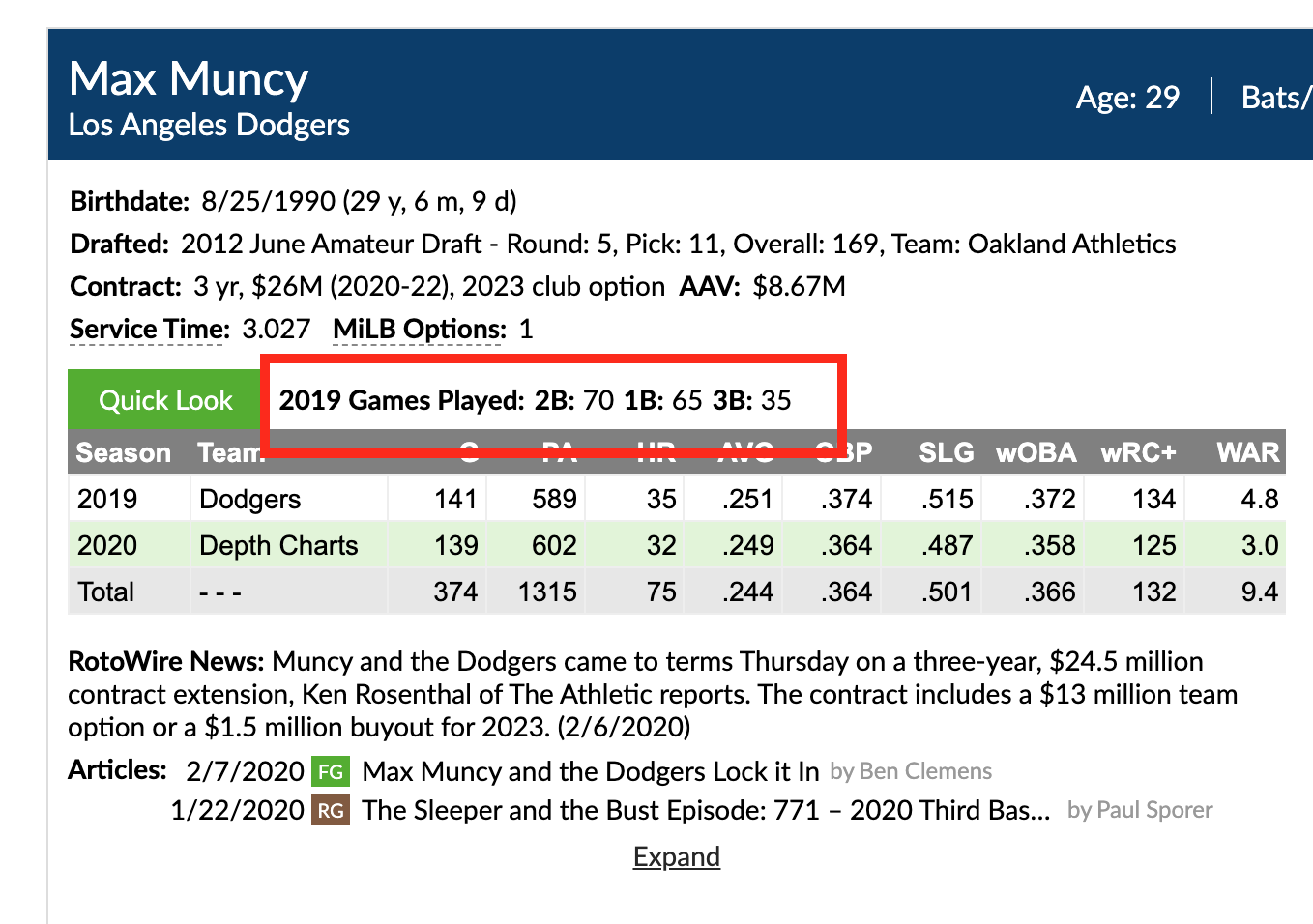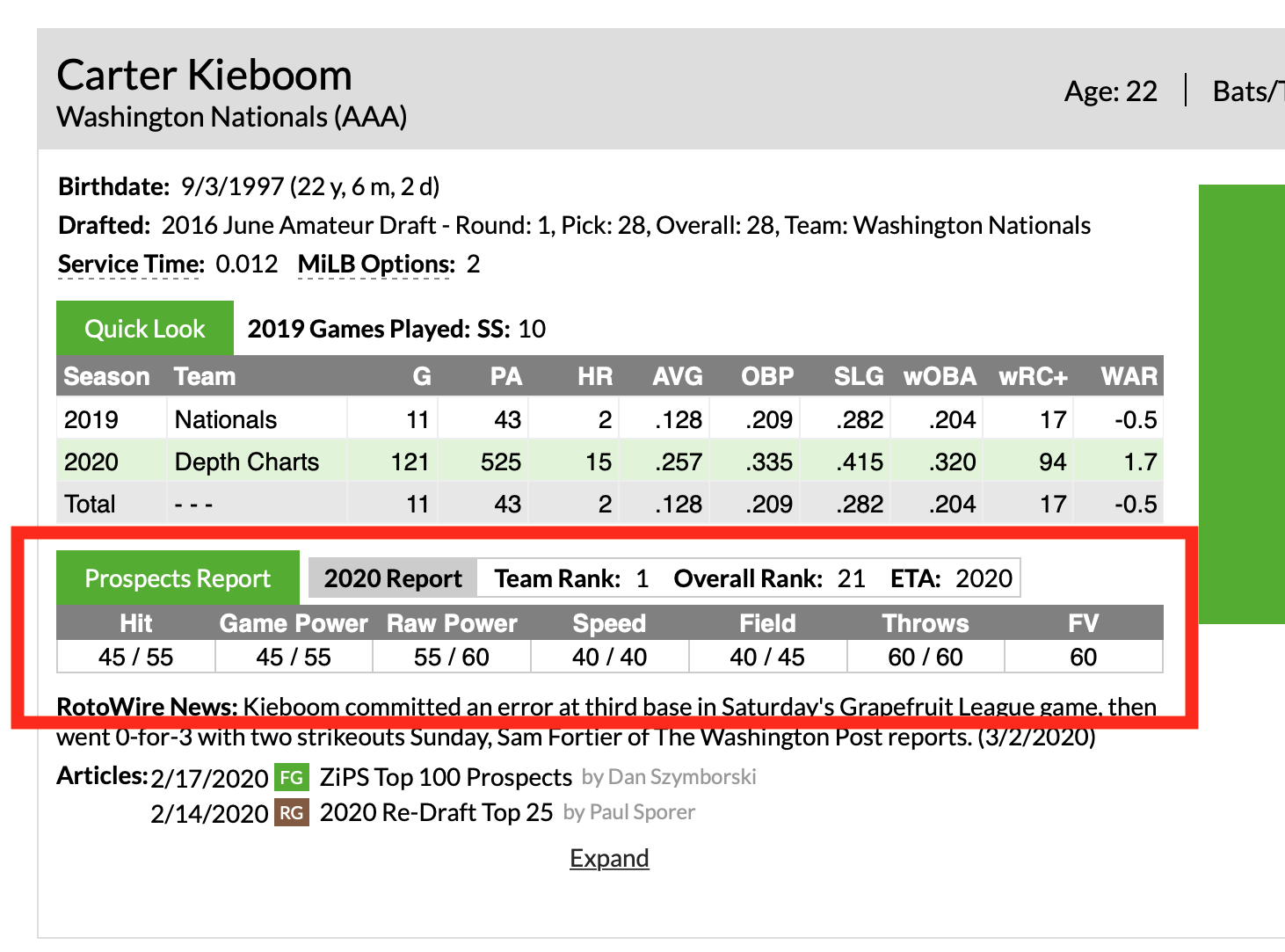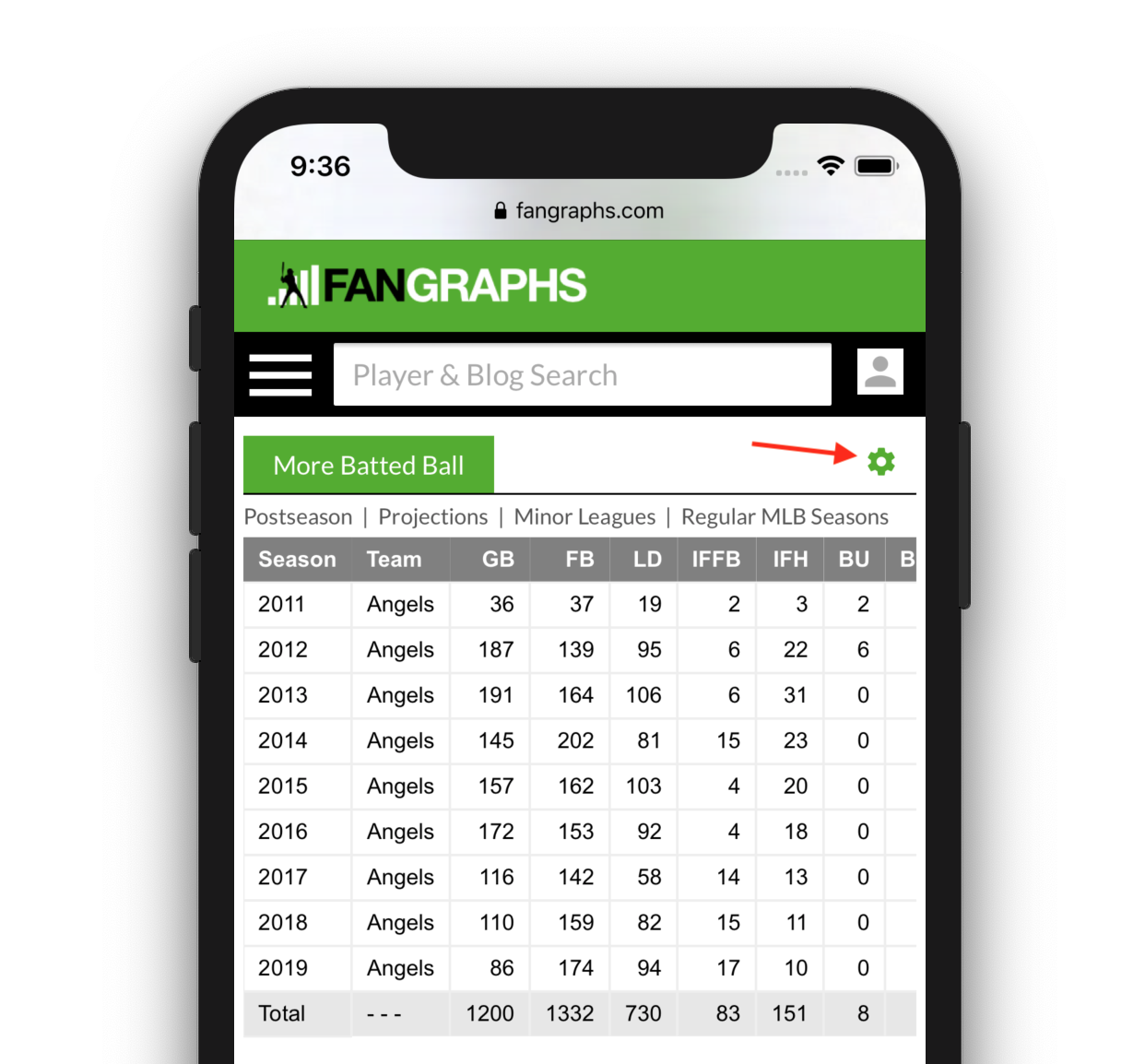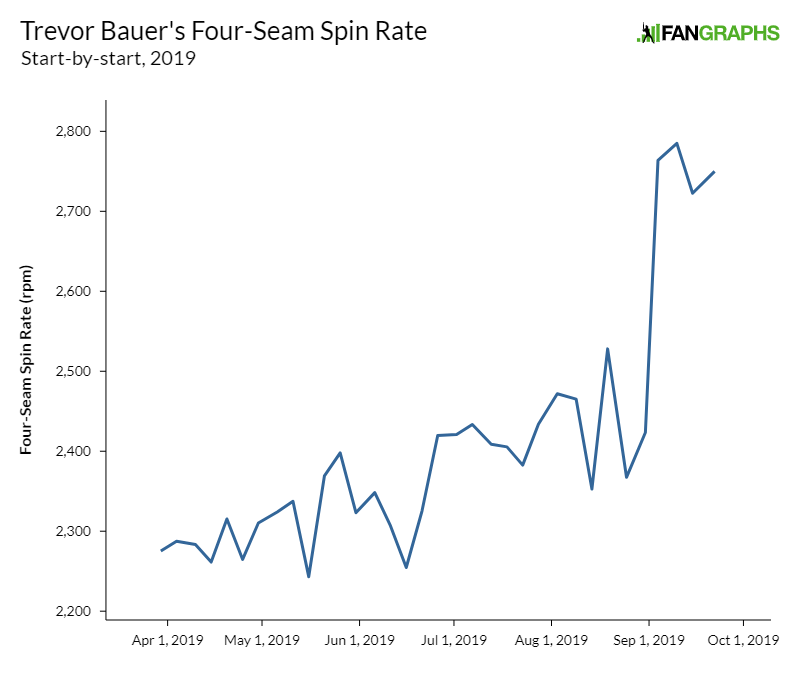Ian Happ Learned What Kind of Hitter He Is
It’s tough to imagine how the final few weeks of the 2019 regular season could have gone worse for the Chicago Cubs. Just two games back in the National League Central division on September 17, the team finished the year by losing 10 of its final 12 games, plunging not only out of the division race but out of the Wild Card hunt as well. It was a nightmarish run for the Cubs, but for one player on the team, that stretch represented the height of his season. Ian Happ, the young switch-hitting utility player, made 39 plate appearances in the final 14 games of the season and hit an astonishing .405/.436/1.000, crushing six homers and four doubles in that span. In the Cubs’ only two victories of that stretch, Happ went a combined 6-for-10 with three homers and two doubles.
It’s appropriate that it was Happ who enjoyed this success to close the season; it seemed like no one else on the team needed to finish the year on a high note as much as he did. He was the one who, just one year prior, had such a poor finish to the season that despite being one of the most exciting young players on his team, he went into the following spring training fighting for a job. Over the final two months of 2018, Happ hit just .192/.298/.333, with a wRC+ of just 72. Those two months tanked what had been a promising campaign, and had carryover effects well into the following year. In 56 spring training plate appearances in 2019, he ran on base and slugging percentages both south of .200.
This spring, it seems to be a different story, at least so far. Now carrying on his success, not struggles, from a previous season, Happ did this on Monday:
Kyle Hendricks CAN'T CONTAIN HIMSELF watching Ian Happ's solo shot.
( ?: @ESPN) pic.twitter.com/7QW5S14TR5
— Cubs Talk (@NBCSCubs) March 2, 2020







